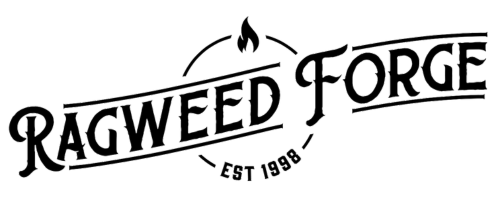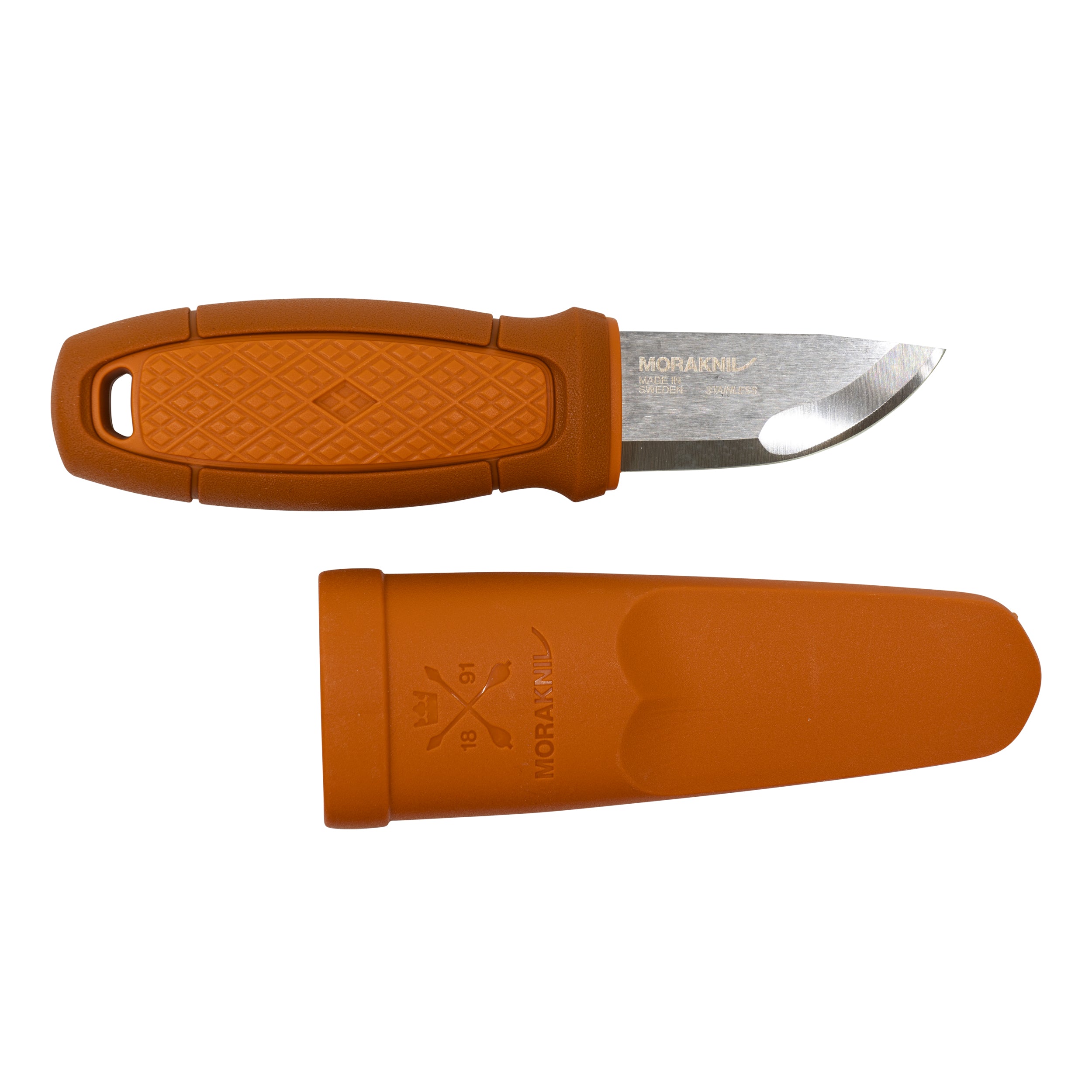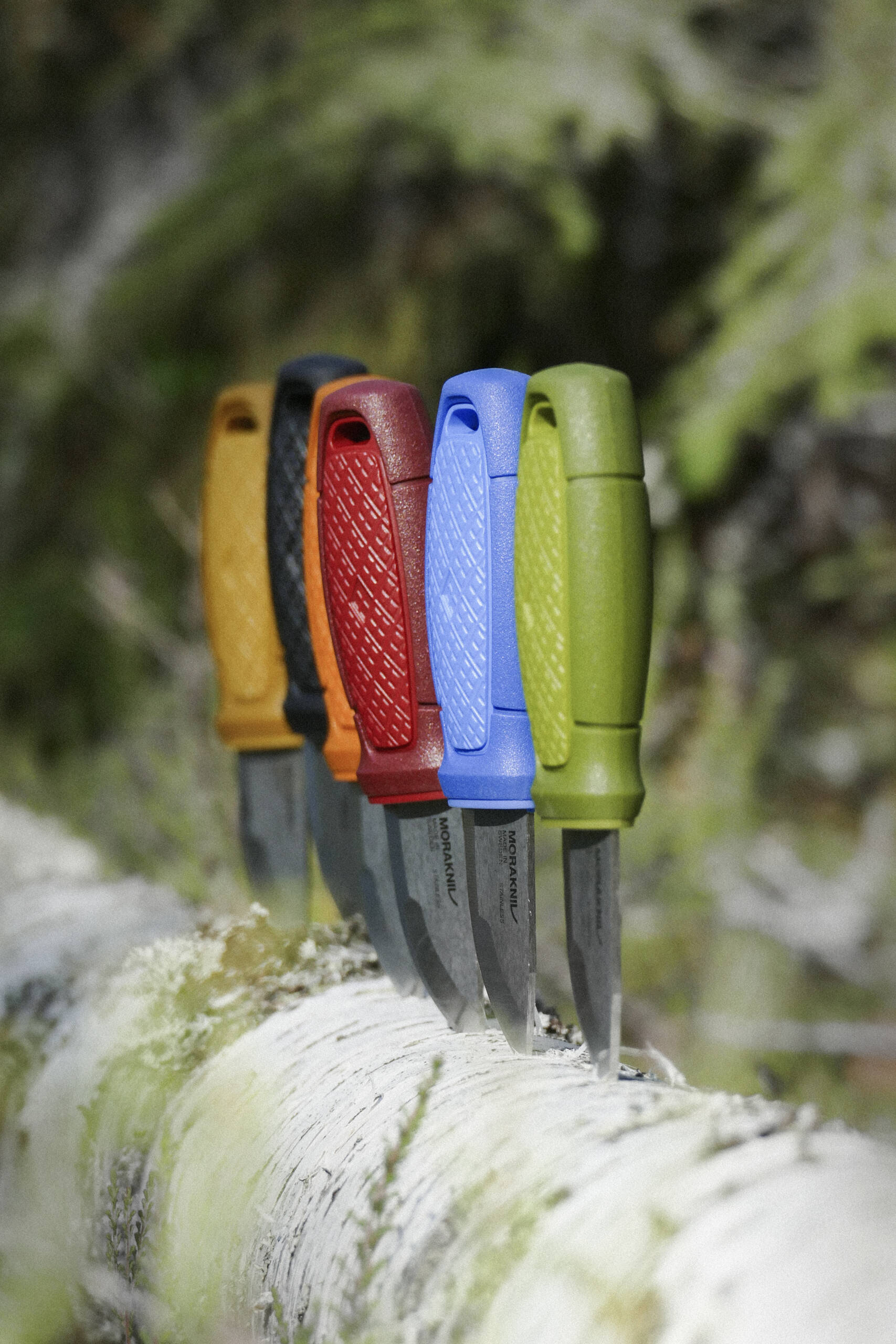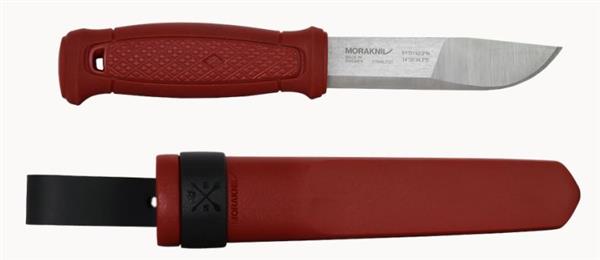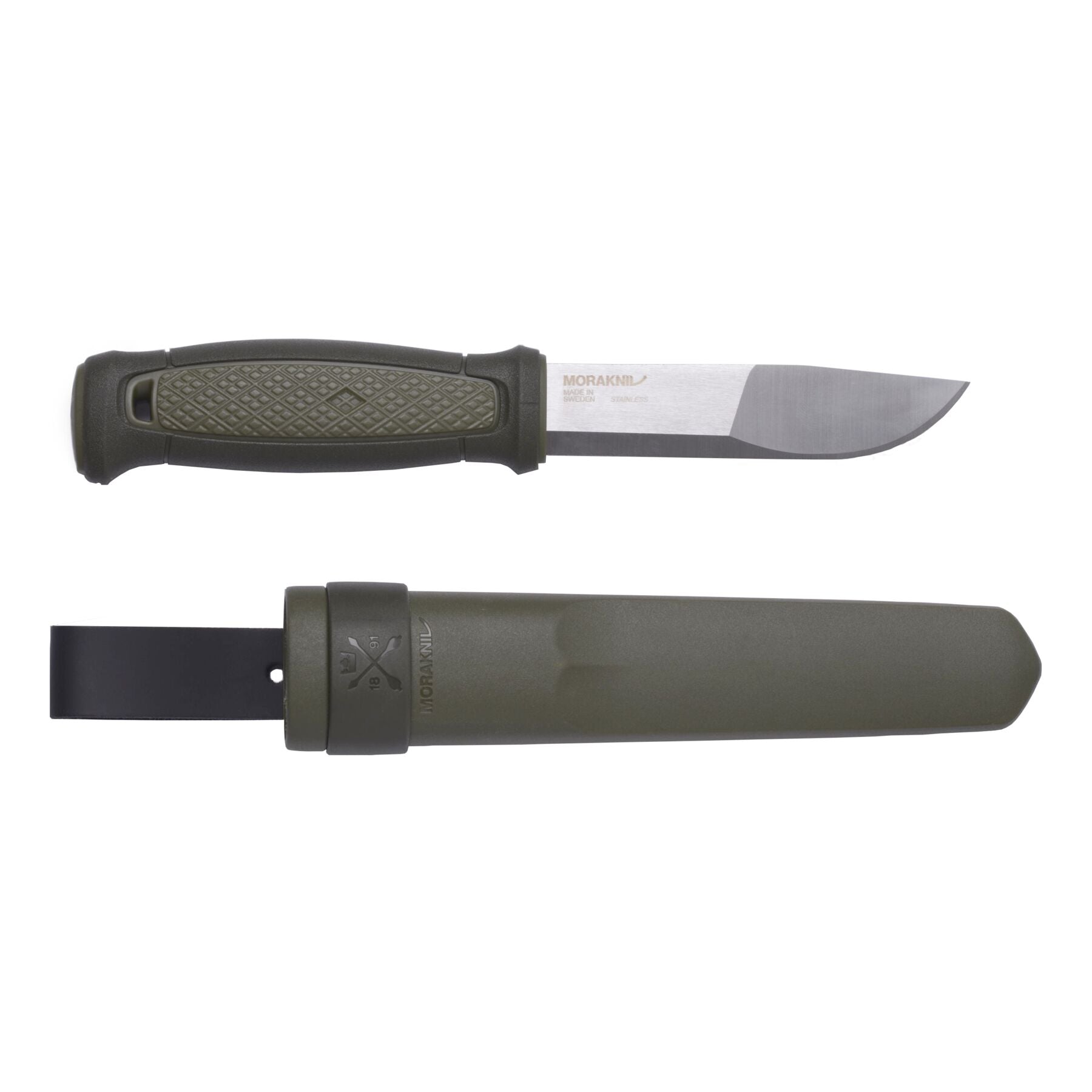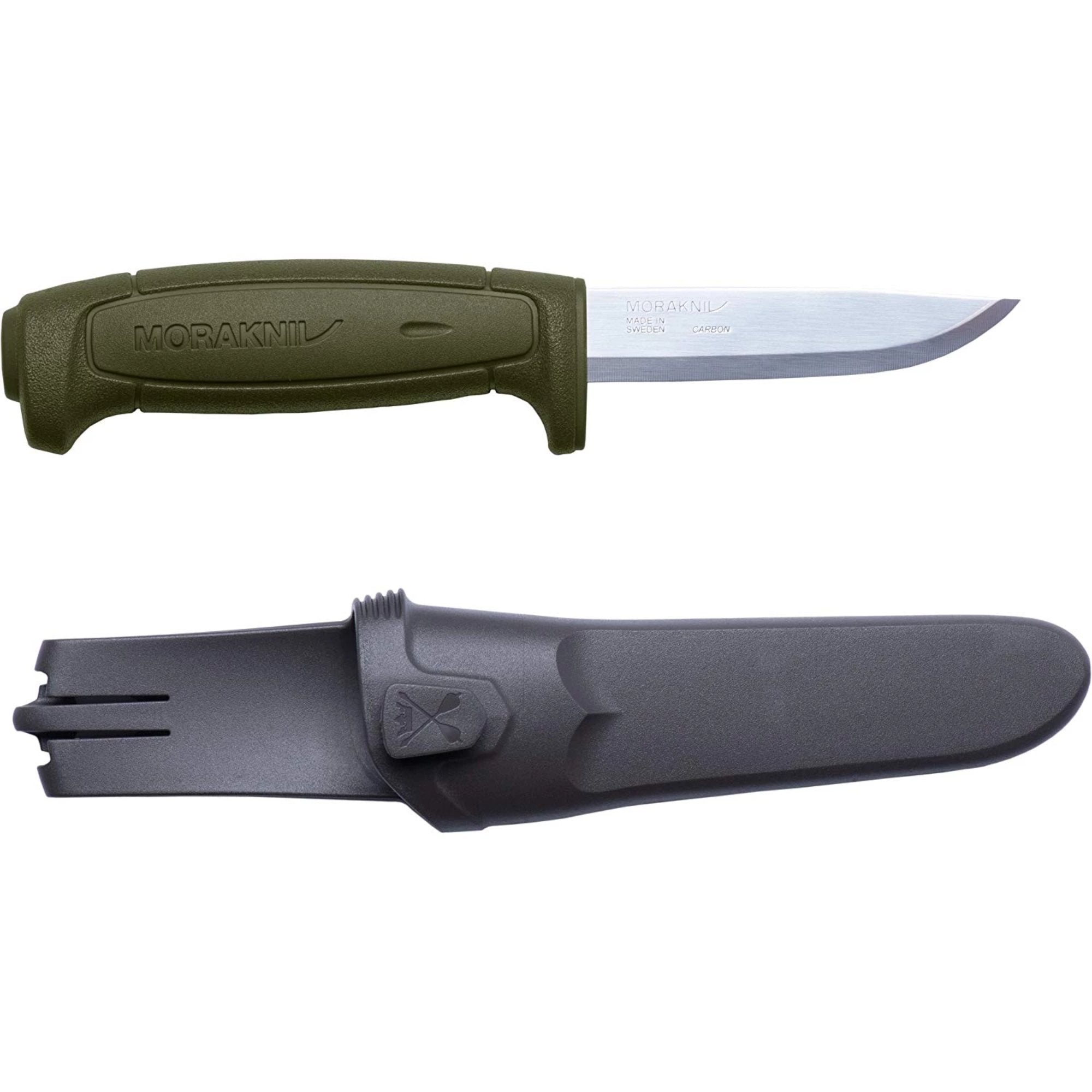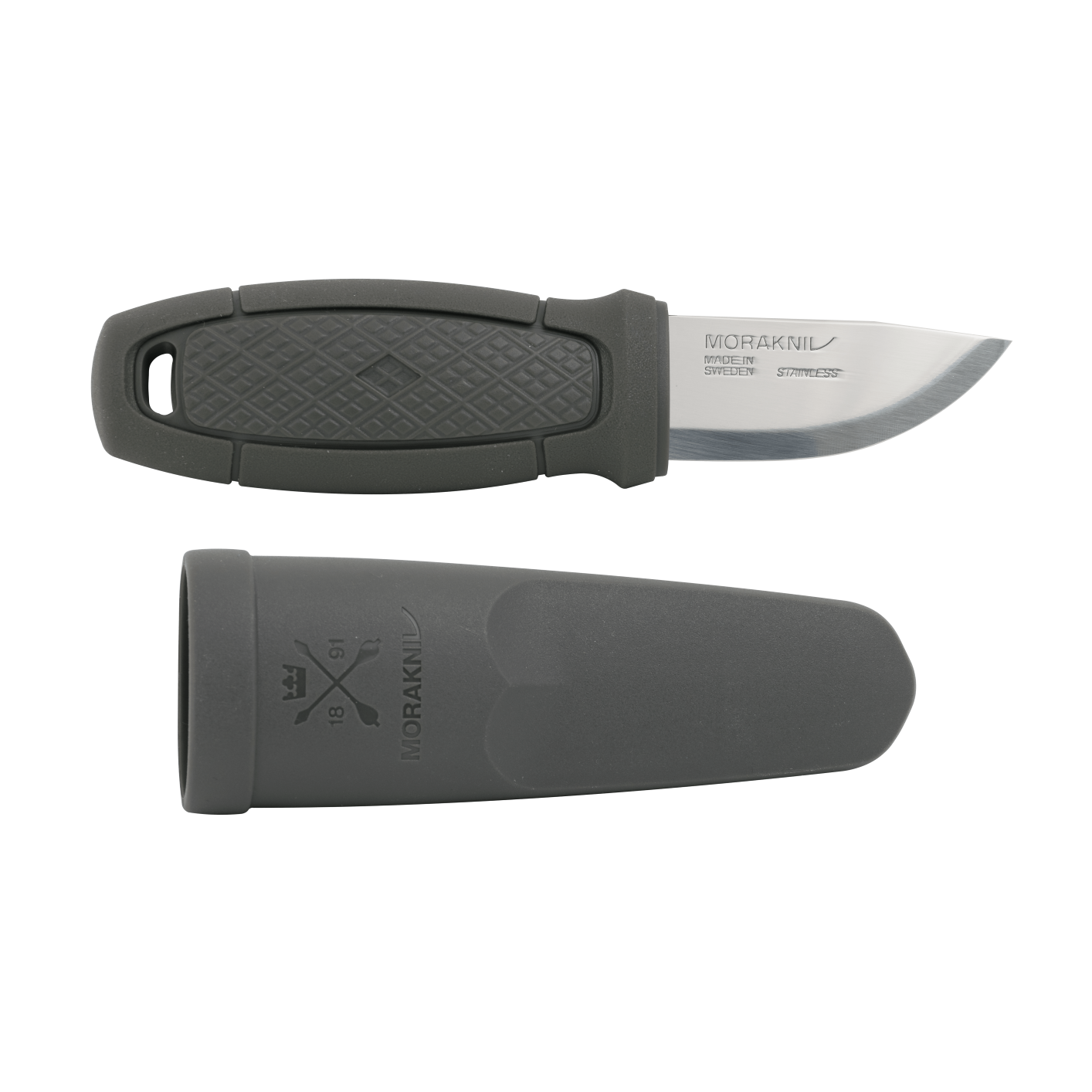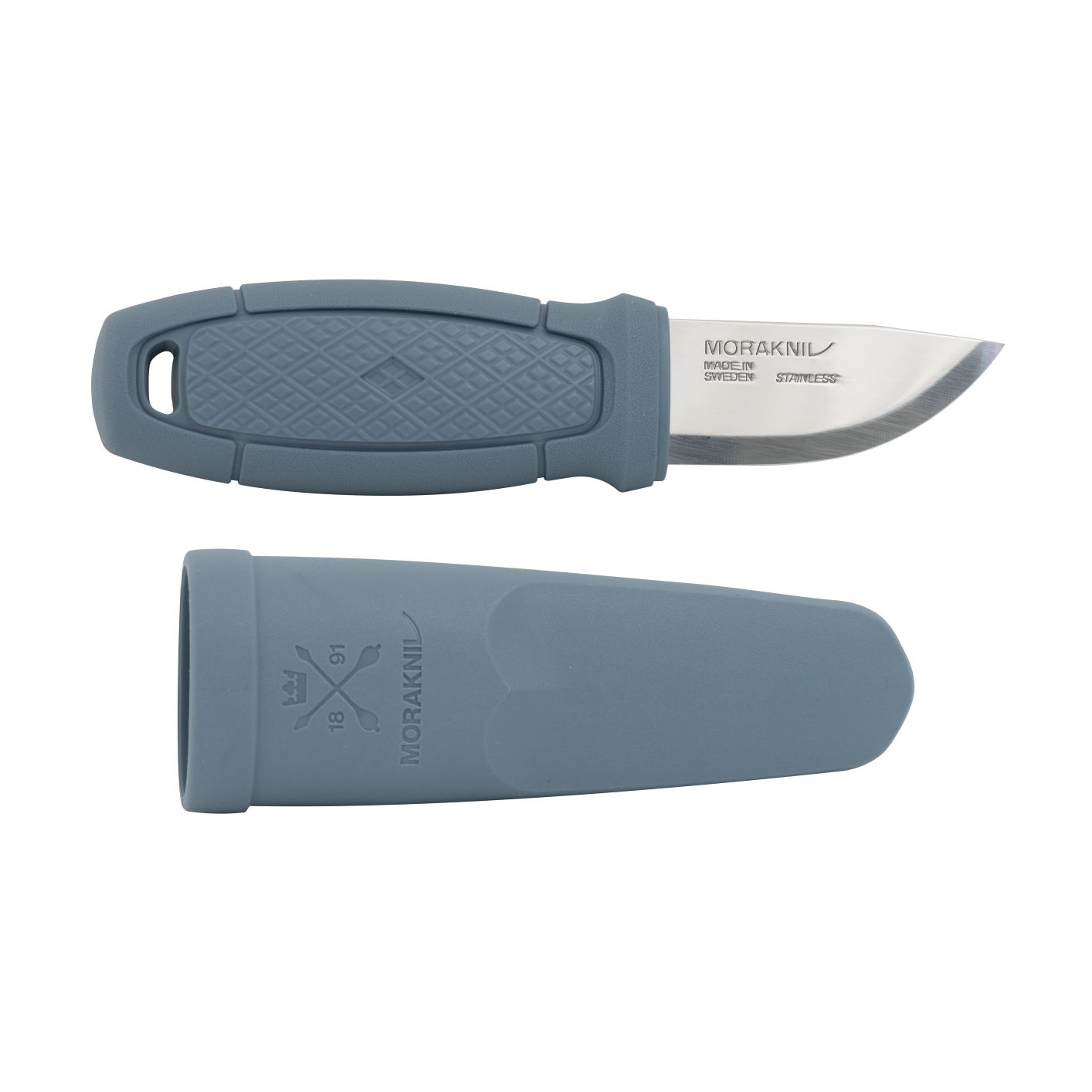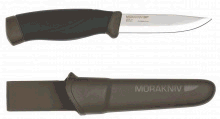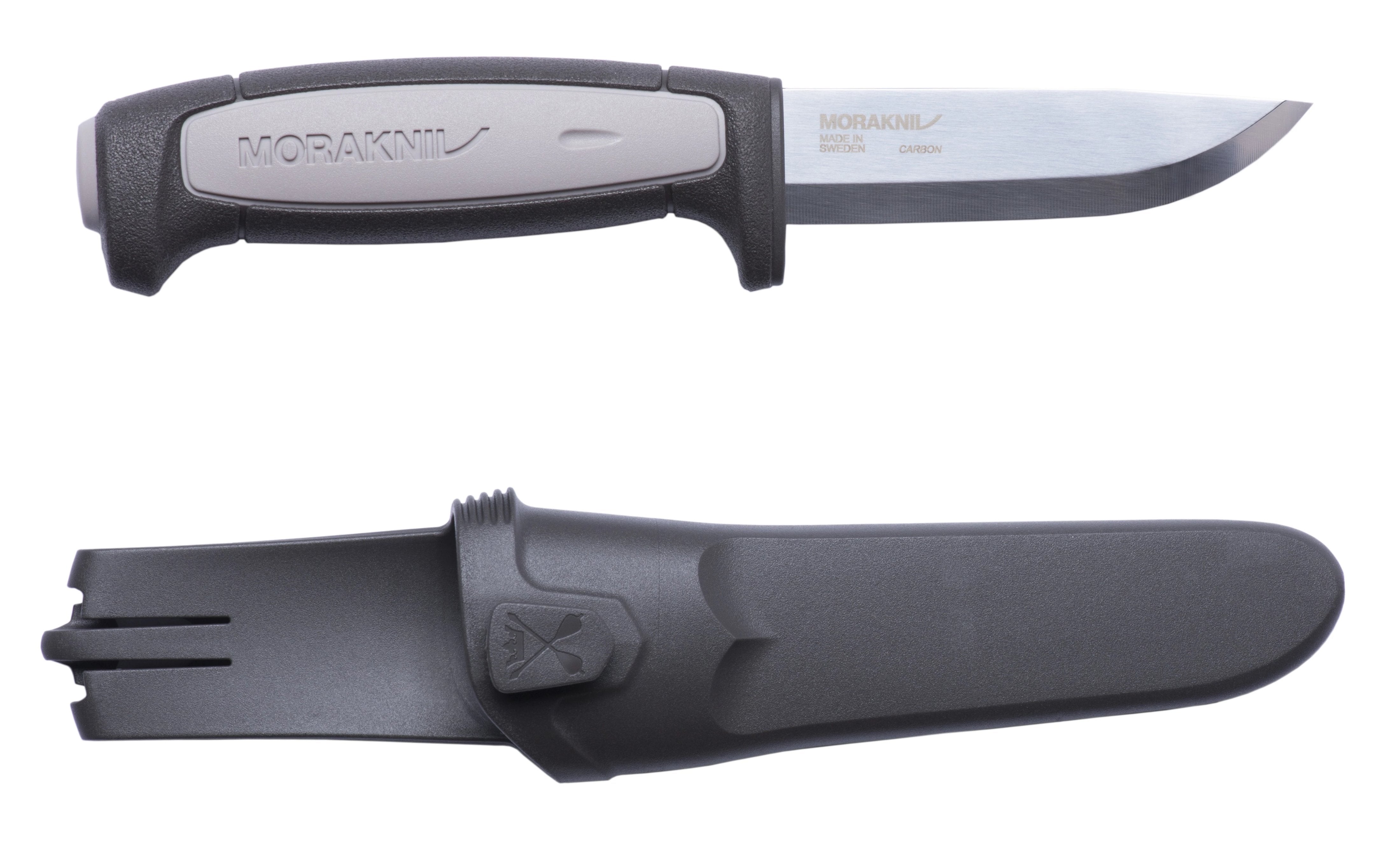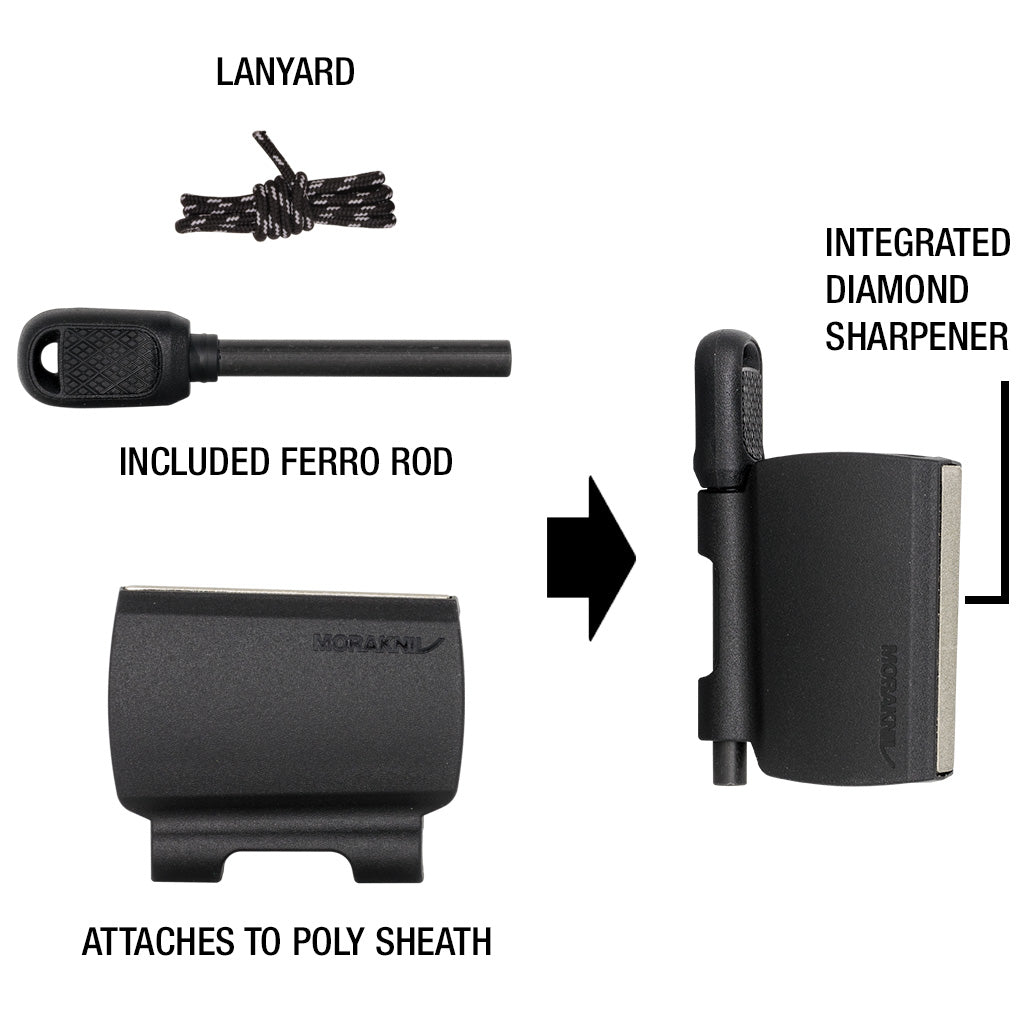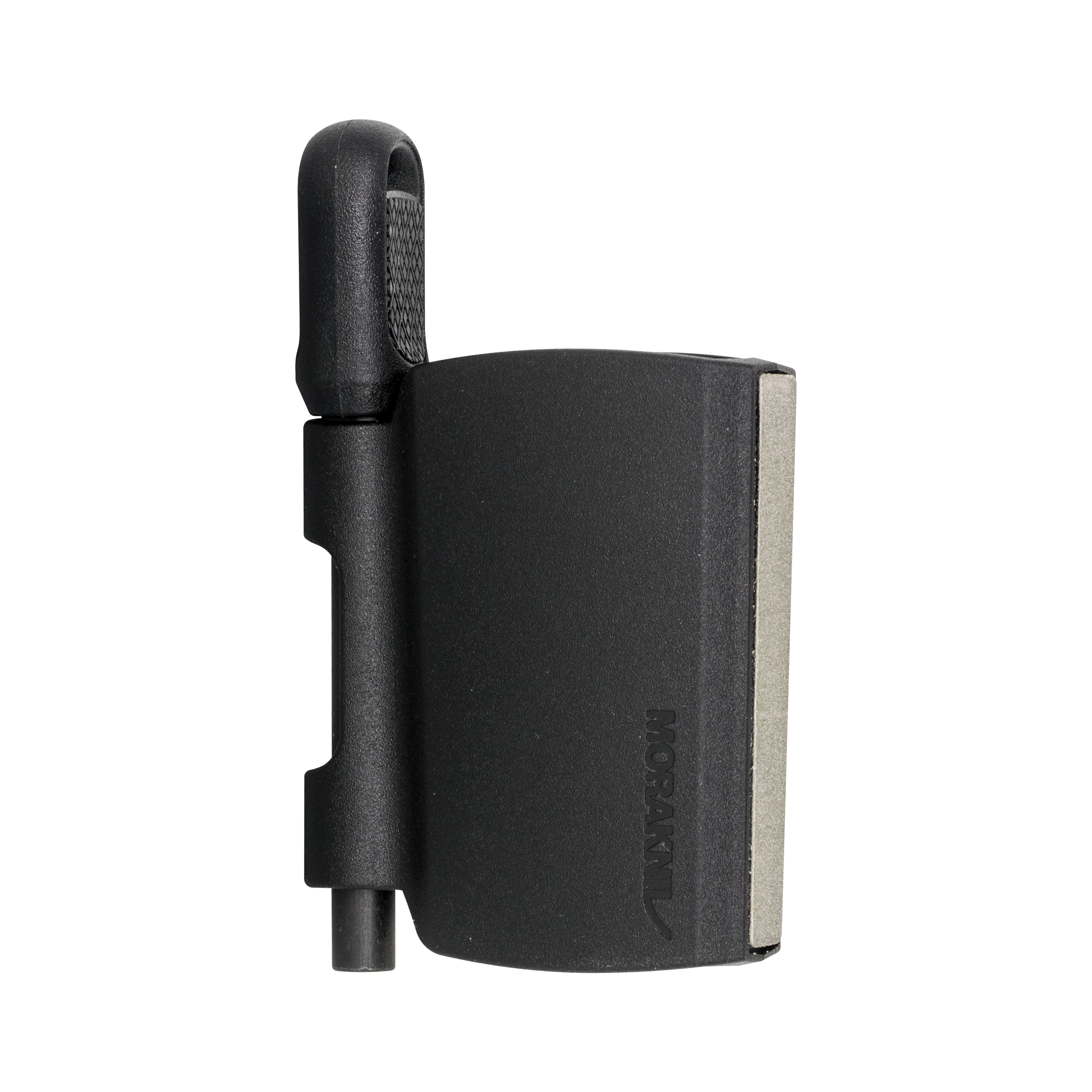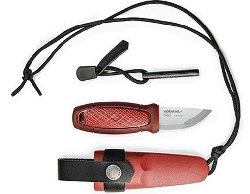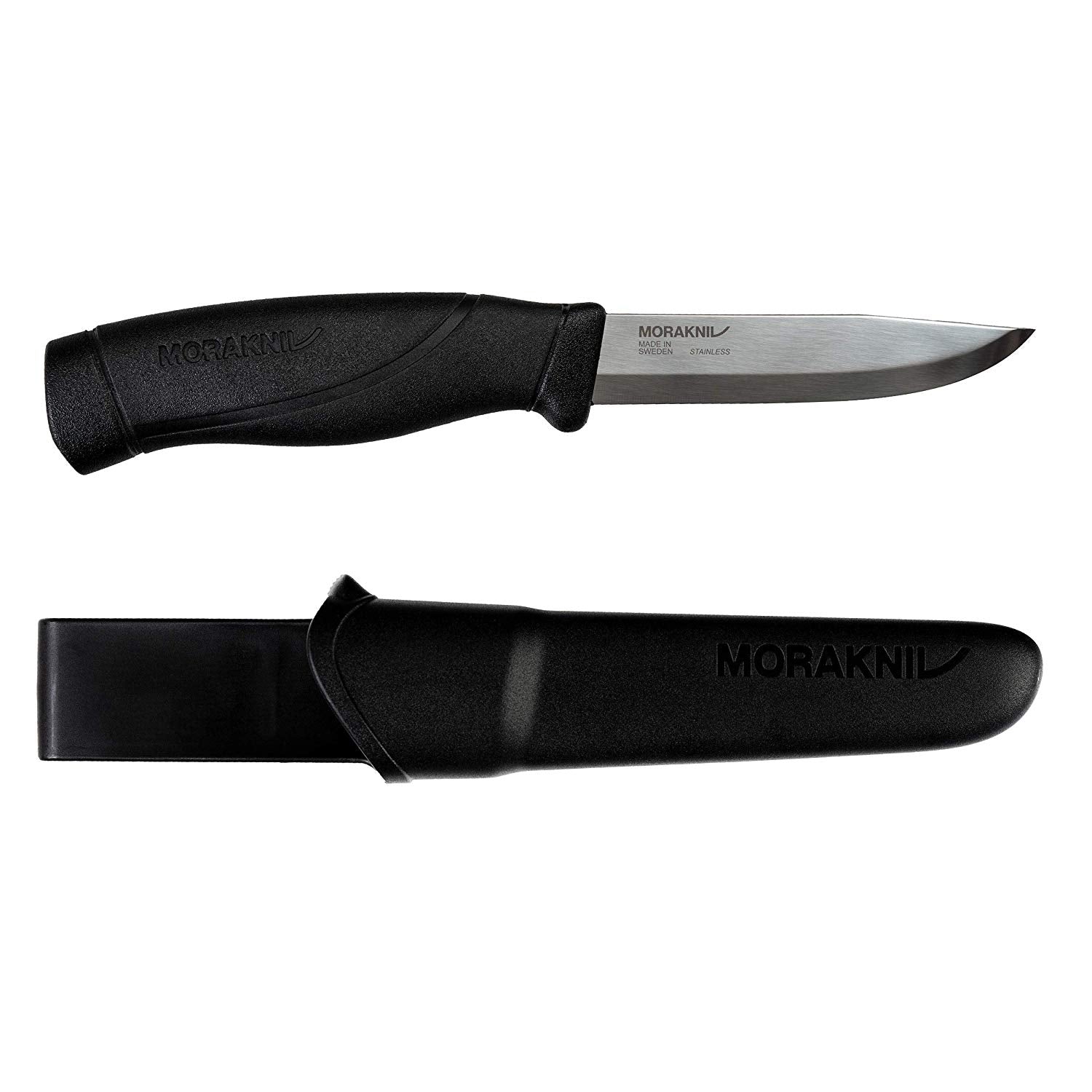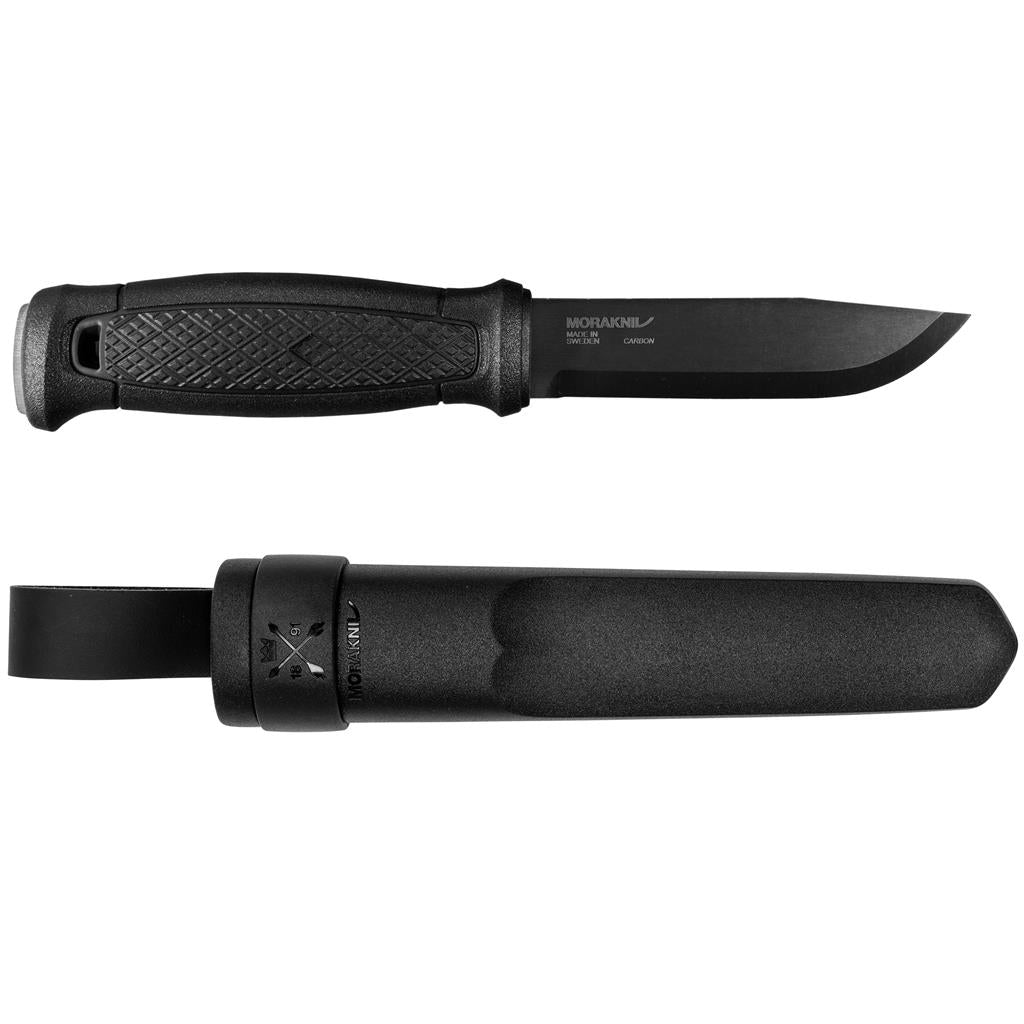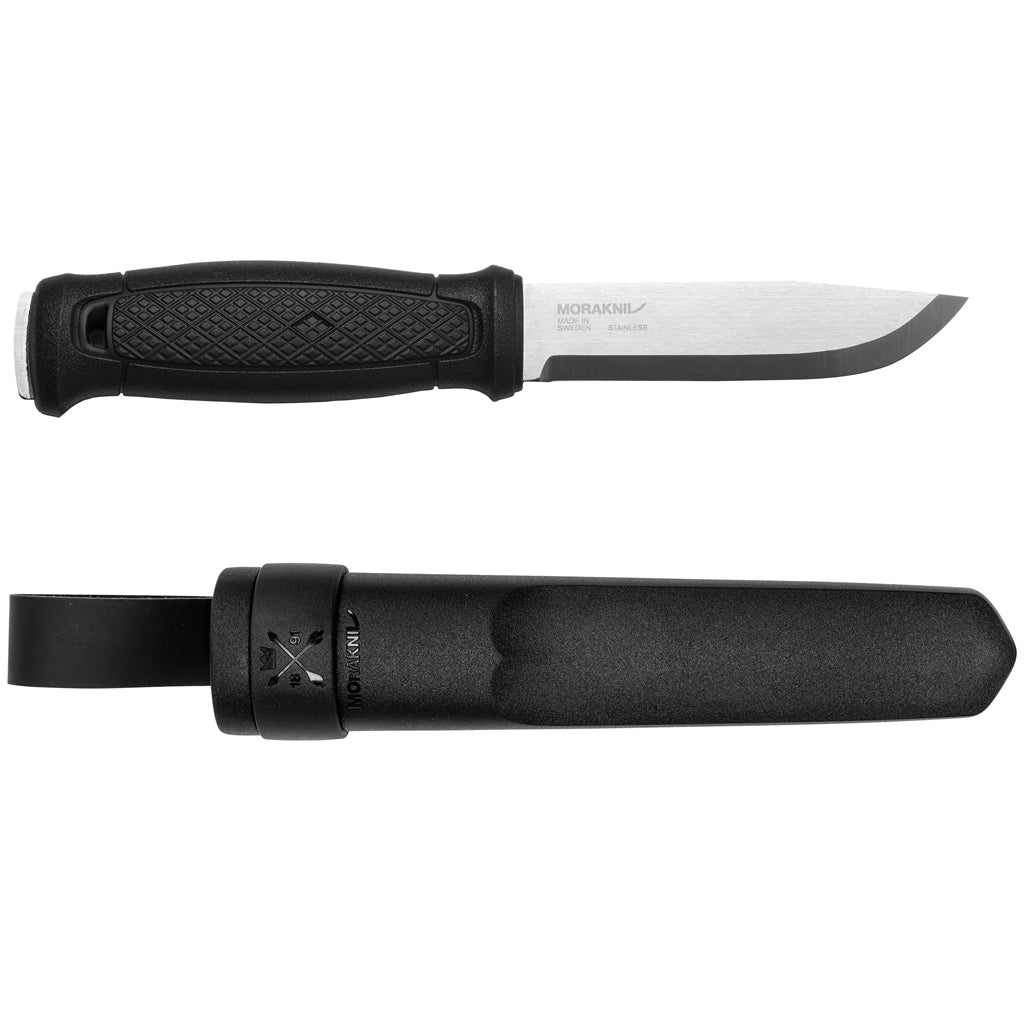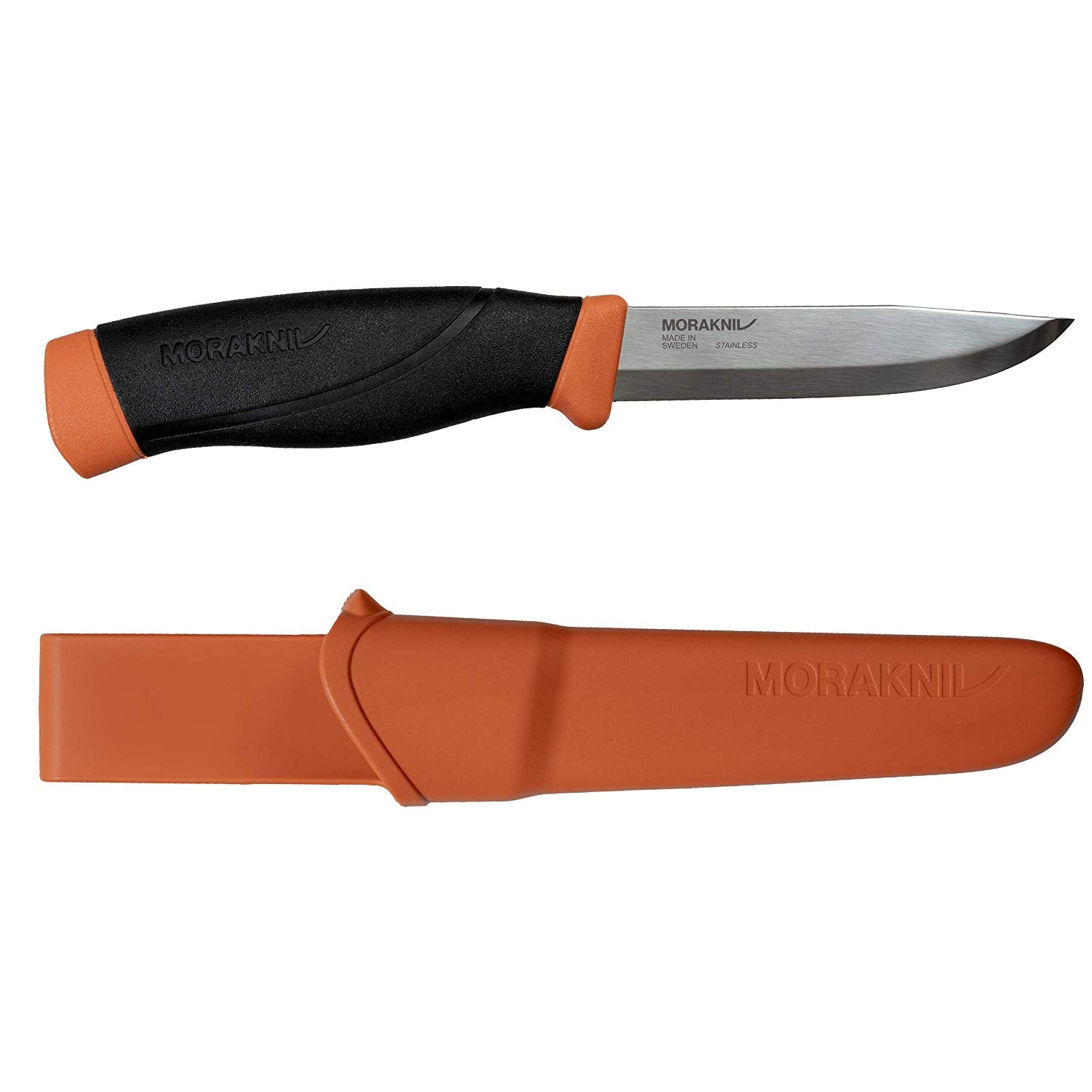What Makes a Good Knife: A Practical Guide for Hunters, Woodworkers, and Outdoor Enthusiasts
When I reach for a knife—whether I’m field dressing a deer, carving wood by the fire, or cleaning a fish on the riverbank—I’m not just grabbing a tool. I’m choosing a partner. A good knife isn’t just about steel and edge; it’s about trust. It's about how it feels in your hand after hours of work, how easily it takes an edge, how confidently it performs the task without fail.
For those of us who live close to the land, who hunt, craft, cook, and repair with our hands, we don’t take that trust lightly. And we sure don’t settle for the cheapest thing on the rack at the big-box store.
If you’ve ever wondered what really makes a knife good—beyond the hype, beyond the price tag—this guide is for you. We’ll go deep into knife construction: steels, grinds, tangs, shapes, and heat treatment. You’ll learn not just what to look for, but why it matters—and how to choose a knife that will serve you well for a lifetime.
Steel Types in Knives: Beyond Carbon vs. Stainless
Steel is the foundation of any knife, and understanding it is essential to choosing the right blade.
Carbon Steel: The Traditionalist’s Edge
Carbon steel has long been the steel of choice for craftspeople, outdoorsmen, and anyone who needs an edge that bites deep and sharpens quickly. It’s easy to maintain in the field and can take a razor’s edge with minimal effort. Yes, it’s more prone to oxidation—but that’s part of the character. A gray patina is a badge of use, not a flaw.
Pros:
-
Easy to sharpen
-
Holds a very fine edge
-
Forgivable in field maintenance
-
Ideal for carving, bushcraft, and whittling
Cons:
-
Prone to rust without care
-
Requires regular oiling and drying
Recommended: Mora Classic #2
Stainless Steel: Modern Durability
Not all stainless steels are created equal. Cheaper varieties tend to dull quickly and resist sharpening. But quality stainless—especially what you find in Scandinavian knives—offers corrosion resistance without compromising edge retention too much.
Pros:
-
Great for wet or coastal environments
-
Low maintenance
-
More resistant to staining and rust
Cons:
-
Somewhat harder to sharpen (though modern sharpeners solve this)
-
May not develop the same patina or “bite” as carbon steel
Recommended: Jarvenpaa Elk Hunter Stainless
Tool Steels: Performance-Driven Blends
80CrV2, D2, O1, and high-carbon powdered steels (like CPM series) are often found in higher-end or custom knives. These tool steels combine hardness with wear resistance and edge stability. They’re common in bushcraft blades, field tools, and workhorse knives.
If you want a knife that can be sharpened once and carry you through days of camp chores, tool steels are worth a look.
Recommended: Helle Wabakimi Sleipner
Heat Treatment: The Crucial Yet Hidden Factor
Even the best steel is only as good as its heat treatment.
Heat treatment involves two main steps: hardening and tempering. The steel is first brought to a high temperature and quenched, making it hard. Then it’s reheated to a lower temperature (tempering) to reduce brittleness and strike the right balance of hardness and toughness.
Knives are typically rated for hardness on the Rockwell “C” scale (HRC):
-
HRC 56–58: Tough and flexible. Ideal for choppers or blades that need to absorb impact.
-
HRC 58–60: Balanced hardness for edge retention and durability.
-
HRC 60–62: Harder edges that hold a fine point longer. Common in wood carving and precision tools.
Scandinavian makers like Helle, Roselli, Lauri, and Karesuando are well-known for consistent and effective heat treatment. When a knife’s HRC is listed and the maker has a strong reputation, that’s a good sign you’re getting something reliable.
Recommended: Helle Hellefisk
Blade Grinds: Geometry Meets Utility
The grind is how the blade is shaped from the spine to the edge—and it greatly impacts cutting ability, edge strength, and sharpening ease.
Scandi Grind
A single, flat bevel from the spine to the edge. Popular in bushcraft circles because it’s easy to sharpen and excellent for woodworking tasks.
-
Very easy to maintain with flat stones
-
Slices well in wood and fibrous materials
-
Tends to wedge in harder materials due to the thicker edge
Commonly seen on: Mora Carving 120 Carbon
Flat Grind
Tapers smoothly from the spine to the cutting edge. Provides a good compromise between edge durability and slicing ability.
-
Great all-purpose choice
-
Excellent for kitchen, field, or everyday carry
-
Can feel less durable if too thin
Hollow Grind
The edge is concave and ground thin. Ideal for shaving or slicing meats, but not the best for chopping or prying.
-
Razor-sharp with minimal resistance
-
Limited durability in hard-use scenarios
Convex Grind
A rounded taper from the spine to the edge. Superior in strength and slicing ability, often used in axes or heavy-duty field knives.
-
Highly durable and chip-resistant
-
Requires more skill to sharpen properly
Knife Tang Types: Strength Beneath the Handle
The tang—the part of the blade that extends into the handle—plays a crucial role in the knife’s strength, balance, and feel.
Full Tang
The steel runs the full length and width of the handle. These knives are strong and capable of withstanding batoning, prying, and survival tasks.
-
Excellent for bushcraft, survival, and heavy-duty use
-
Often heavier but more balanced in-hand
-
Easier to spot visually (metal is exposed on the handle’s spine and base)
Recommended: Wood Jewel Full Tang Pukari
Skeletonized Tang
A full tang with cutouts to reduce weight. Maintains strength while enhancing maneuverability, often used in modern fixed-blade designs.
-
Balances lightness with structural integrity
-
Good for hiking, carving, or EDC
Partial Tang
The tang extends partially into the handle. Common in traditional Nordic knives. When epoxied and pinned, these can be surprisingly durable.
-
Lightweight and effective for most carving or whittling
-
Not ideal for heavy baton or prying tasks but will certainly hold up if necessary
Recommended: Roselli Carpenter Knife
Stick or Rat-Tail Tang
A narrow tang that’s usually peened or epoxied into the pommel. Found in many classic puukko or leuku knives.
-
Keeps the knife light and nimble
-
Handles prolonged carving better due to superior balance
-
Not recommended for heavy impact
Blade Shapes and Their Purposes
The blade shape dramatically affects how the knife handles specific tasks. Here are a few core designs:
Drop Point
The spine curves slightly downward toward the tip. Versatile, balanced, and excellent for controlled slicing and skinning.
-
Most common in hunting and outdoor knives
-
Strong tip, suitable for general use
Recommended: Old Hickory 7026 Hunting Knife
Clip Point
The back edge “clips” down to a finer point, improving piercing ability.
-
Ideal for skinning and detail work
-
Slightly weaker at the tip compared to drop point
Tanto
Angular tip for strong piercing. Durable in the front third of the blade but not great for slicing.
-
Often found in tactical designs
-
Great for pushing through tough materials
Sheepsfoot and Wharncliffe
Flat cutting edge with rounded or angled spine. Emphasizes slicing and carving, not piercing.
-
Excellent for woodworking, whittling, and EDC
-
Safer for close hand work
Choosing the Right Knife for the Job
Hunting
Look for a drop point blade with a solid belly, carbon or tool steel for easy field sharpening, and a handle with good grip. Weight and sheath retention also matter.
Recommended: Roselli Hunter R100
Fishing
Go stainless. Look for narrow, flexible blades that resist corrosion. A good fillet knife should bend without breaking and rinse off cleanly.
Recommended: Mora Fishing Comfort
Bushcraft
Durability, sharpenability, and ergonomics are key. A Scandi grind with a full tang in high-carbon steel is ideal for carving, notching, and fire prep.
Recommended: Mora Garberg Blackened Carbon with Simple Poly Sheath #13716
Everyday Carry (EDC)
A folding or fixed-blade knife with a flat or drop point grind, stainless steel, and comfortable grip. Look for something compact and legal to carry in your area.
Recommended: Helle Nipa
Frequently Asked Questions
Q: What Rockwell hardness should I look for?
A: For most outdoor and general-purpose knives, 58–60 HRC is ideal—it balances edge retention and durability. For wood carving or fine work, some blades go as high as HRC 62. For choppers or survival blades that need to absorb impact, HRC 56–58 offers better toughness.
Q: Are laminated blades better?
A: Laminated knives feature a hard steel core (for cutting performance) sandwiched between softer layers that add toughness. They can offer the best of both worlds: a razor-sharp edge that’s more resistant to chipping or cracking. Many traditional Scandinavian knives use this method.
📌 Try: Mora Carving Knife – a beautiful laminated blade combining performance and durability.
Q: Can I use carbon steel knives around water?
A: Yes—just dry them thoroughly after use and apply a thin coat of oil (mineral, cooking, or camellia). Many experienced outdoors-people prefer carbon steel even for fishing and wet-weather use, relying on habit and maintenance over material. Over time, a gray patina forms and offers its own natural protection.
Q: What grind is best for general use?
A: The Scandi grind is best for woodworking and bushcraft. For food prep and more general tasks, a flat grind offers excellent slicing and is easier to maintain. Hollow grinds are razor-sharp but best kept for skinning or fine slicing.
Q: Do handle materials matter?
A: Absolutely. For outdoor use, materials like birch, micarta, stabilized wood, and polymer are all popular. Look for textured or contoured handles that give you grip even when wet. Some models even use reindeer antler or bone for aesthetics and tradition.
📌 See: Karesuando Unna Áksu Hunters Axe – crafted with curly birch and antler, ideal for collectors or those who appreciate handmade tools.
